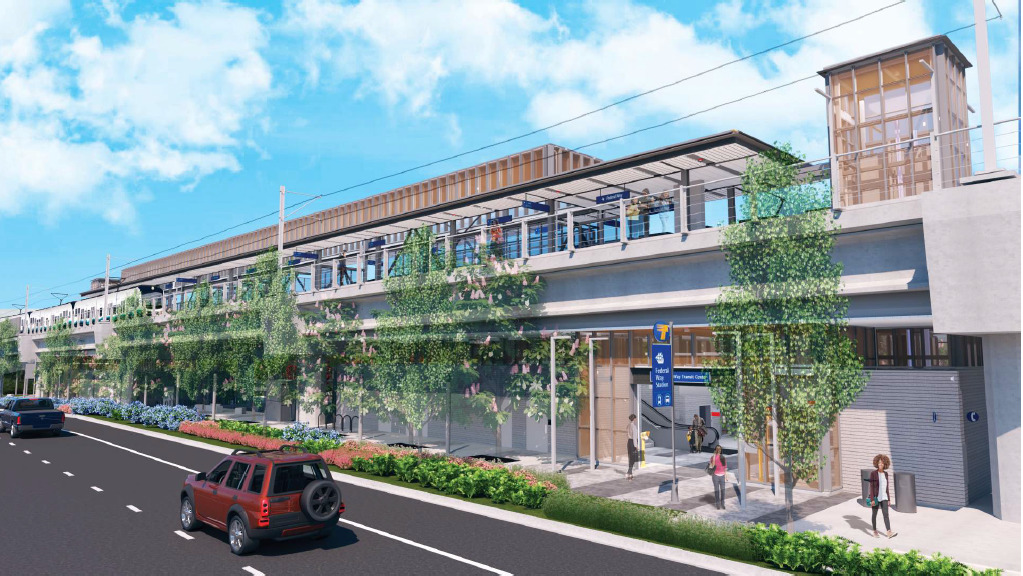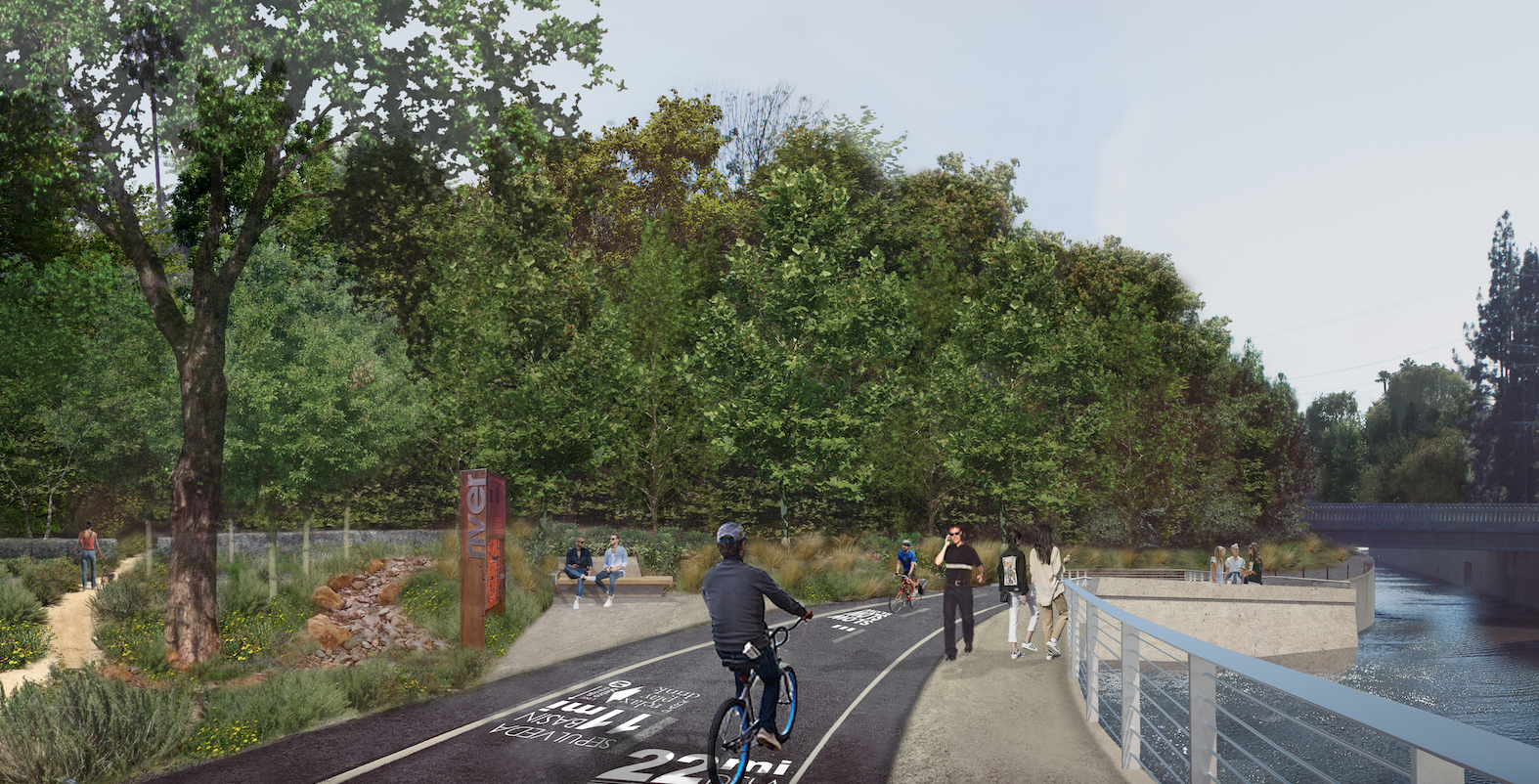Event Wrap: ISI’s Zofnass Research Workshop in Los Angeles
20-June-2025
ISI delivered a hugely successful Spring Zofnass Research Workshop, May 15–16 in Los Angeles — a unique event packed with learning, networking and field visits tied to sustainable infrastructure and Envision.
Bringing together experts from leading public agencies and engineering consulting firms, this first-of-its kind workshop offered valuable project perspectives and case studies from the Los Angeles area, a region with one of the highest concentrations of experienced Envision users and agencies.
Click to view a PDF with photos from each day of the workshop
ISI will build on this event’s success to continue developing a mix of Zofnass Research Program workshops; both public and invitation-only.

The L.A. workshop featured:
- Presentations on the impact of recent fire disasters, the need for resilient infrastructure, and the solutions and strategies best able to prepare assets and communities now and in the future.
- Case studies and firsthand project lessons from public agencies and engineering consulting companies involved in sustainability and resiliency planning across the LA region and insights on the tie-ins with Envision application.
- Discussion of research on the costs and benefits of implementing Envision — highlighting insights into the time, effort, and financial investment required for verification, and how project teams are measuring value.
- Social activities and opportunities for attendees to network with industry colleagues.
In the Field
Opportunities for applied learning continued on the ground on Day 2 with guided field visits to a range of Envision-related projects across Los Angeles. These projects included:
- LA Metro stations
- Sixth Street Viaduct Seismic Improvement Project
- Los Angeles Street Services Asphalt Plant No. 1
- South Los Angeles Wetlands Park
- Franklin D. Roosevelt Park Stormwater Capture Project
- Hyperion Water Reclamation Plant (HWRP); Biogas-to-energy project; and Advanced Water Purification Facility (AWPF)
- Projects at Los Angeles International Airport:
- Consolidated Rent-A-Car (ConRAC) Facility
- Central Utility Plant
- LAX Automated People Mover
- Intermodal Transportation Facility (ITF)
- LAX/Metro Transit Center
The tour stops offered lessons learned and real-world context to help attendees better understand the implementation challenges and the long-term benefits of sustainable infrastructure.

Clockwise from top left: the LAX Automated People Mover, the Central Utility Plant at LAX, the South Los Angeles Wetlands Park, the Sixth Street Viaduct, the Roosevelt Park Stormwater Capture Project, and the Hyperion Water Reclamation Plant
Thank You!
ISI would like to extend a sincere thank-you to all the presenters and host agencies who made this experience possible:
California High-Speed Rail Authority, HNTB, LA County Public Works, LA Metro, Los Angeles World Airports (LAWA), Stantec, Bentley Systems, City of Los Angeles Bureau of Engineering, and Metropolitan Water District of Southern California, LA Sanitation and Environment.
And a special thanks to our Sustainable Infrastructure Advisory Board for supporting this event: HNTB, NV5, Stantec, Bentley Systems, En3 Sustainability Solutions, and Greenprint Partners.
ISI was also honored to host a delegation from China during the workshop. This group included sustainable development experts and representatives from engineering consulting companies across China, many of whom are ENV SPs actively working on Envision-supported projects in China. Learn more about the China delegation visit.
Session Recordings
In case you had planned to be in LA for the Spring 2025 Zofnass Research Workshop but were not able to attend, session recordings are available to users in their ISI accounts, under Education > All Courses.



 A transformational bicycle path and greenway project along the L.A. River corridor has earned an Envision Gold award from ISI: the Los Angeles River Way, San Fernando Valley Completion (Vanalden to Balboa) Project.
A transformational bicycle path and greenway project along the L.A. River corridor has earned an Envision Gold award from ISI: the Los Angeles River Way, San Fernando Valley Completion (Vanalden to Balboa) Project.




